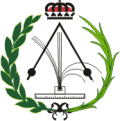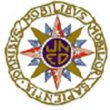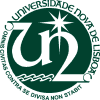Meeting Overview
Pioneer studies of the group of Leon Sanche [Science 287, 1658 (2000)]
showed that low energy electrons, with energies below the ionisation level,
can produce simple and double strand breaks to molecular constituents of
DNA, playing thus a special role in radiation damage. Since secondary low
energy electrons are abundantly produced along the track of high energy
particles, traditional concepts as absorbed dose are not appropriate to
describe radiation effects at the molecular level and a detailed description
of the interactions and products should be achieved. These considerations
motivated the RADAM collaboration (Radiation Damage in Biomolecular Systems)
which has been running since 2003 with support of the ESF through the COST
programme (Action P9). Its main objective is to obtain a detailed
understanding of the fundamental interaction processes initiated by the
deposition of various types of radiation in biological material. This also
introduces the exciting prospect that it may be possible to manipulate the
effects of ionizing radiation at a molecular level within the cell.
A wide range of complementary experimental and theoretical expertise is
brought together under this Programme, leading to models of track structures
in irradiated media. Such models can be used to determine a more reliable
quantification of human epidemiological experience when subject to low
radiation doses. However, as pointed out in the last working group meetings,
important questions related to the applicability of these results to actual
medical situations and how new developments in this area could affect to the
medical protocols in use should be discussed.
The main objective of this symposium is to present the advances of the
RADAM community discussing, together with some experts in biomedical
applications of radiation, their suitability for medical issues.
The meeting is supported by:
 |
 |
 |
Consejo Superior de Investigaciones Científicas
|
Real Sociedad Española de Física |
Ministerio de educación y Ciencia |
 |
 |
 |
Universidad Nacional de Educación a Distancia
|
COST Action P9 |
European Science Foundation |
 |
La Paz Hospital
|
 |
 |
| New University of Lisbon |
|
|